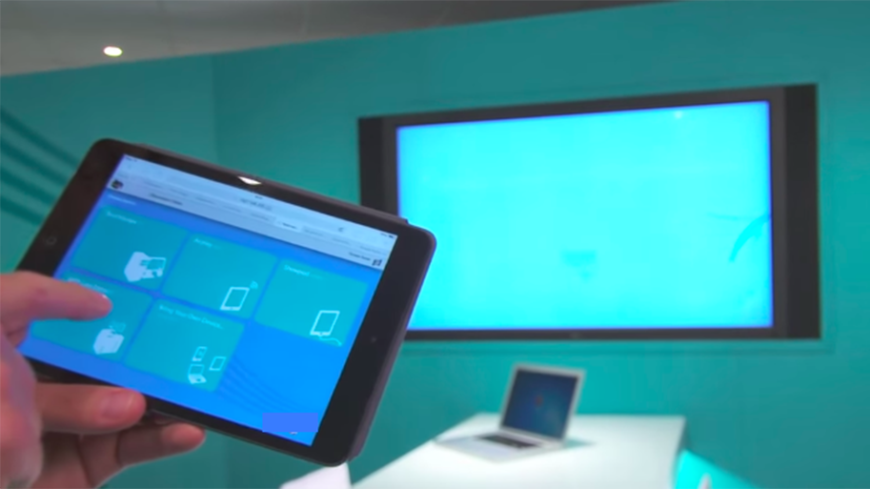
A few practical concepts and best practices
Key takeaways:
- Enhancement of remote/field briefings
- Discussion leader training and support
- Interactive engagement and learning tools
Fresh on the heels of ABPM’s fall workshop, which gathered briefing program leaders from across the globe to discuss best practices and next practices, it’s hard to sift through all the big strategic thinking and tactical techniques to choose the best ideas to act on.
However, there were numerous moments where, from an interactive design perspective, digital storytelling and engagement techniques leaped out as an obvious solution to some of the most pressing concerns on the minds of today’s briefing managers and marketers.
The first is remote/field training scenarios, in which the briefing team, discussion leaders and others on the program team travel to a customer’s office (rather than having them visit). In this situation, on somewhat uncontrolled ground, even the best pre-planning and agenda-setting puts the onus on the briefing team to deliver a powerful experience.
Going beyond the use of powerpoint to deploy useful interactive engagements (like a highly portable 90-second HoloLens AR product experience or in-room polling/Q&A/comment threads from attendees’ smartphones) is just one way to communicate and engage in a thoughtful way. Field-tested, durable platforms that require minimal power or tech skills are the key here.
No subject was more hotly discussed than the role of discussion leaders/subject matter experts – how to recruit, train and maintain involvement among the briefing program’s most valuable resource – the experts. Especially in larger organizations with diverse stories and hundreds, if not thousands, of candidate discussion leaders, creating and maintaining standards for presentation delivery has to be the number one resource demand.
What’s more, according to the ABPM’s most recent multi-client research study, the relevance of content is at the top of the list to insure a successful briefing, while presentation skills ranked highest in terms of performance. The most frequently mentioned suggestion for improved performance is to strengthen content or customization. Interactive can play an important role in achieving all these objectives.
Virtual reality comes to mind as an excellent training and certification tool for discussion leaders. For example, it provides a way for a discussion leader to learn on her/his own time before entering into one-on-one training with program staff. The content can also present any number of in-room customer situations and how to overcome them (customer objections, body language etc.). And lastly, it grants a sense of importance/seriousness to the training process. Virtual reality is as close as a new discussion leader can get to actually stepping into a room with a customer without any of the risk associated with new presenters (except by conducting numerous live mock briefings).
A third, but by no means final, use case for interactive within briefing programs is to act as the “glue,” in a sense; linking all the steps of the briefing experience together from the minute a guest walks into the lobby until the moment they leave. Of course, the overall experience design and architecture will provide a natural, experiential flow for a briefing visit, but it’s the interactive experiences that punctuate the day with memorable “wow” moments and which offer moments of enjoyment during breaks and downtime.
In all three use cases described here, it’s important to remember that briefing programs are in the business of creating and enhancing relationships that lead to sales, and that buyers form trusted business relationships and buy based on emotion as often, if not more often, as rational reasons. Interactives within briefing centers can operate on both the rational and emotional level in the minds of staff and visitors. Deciding on the right mix and deploying the right interactive for each specific use case are likely to generate the most favorable outcomes.
